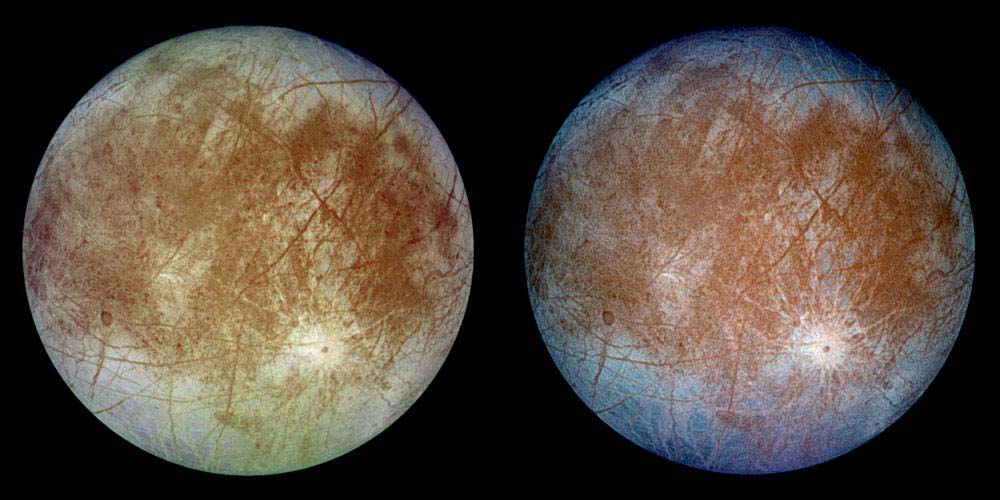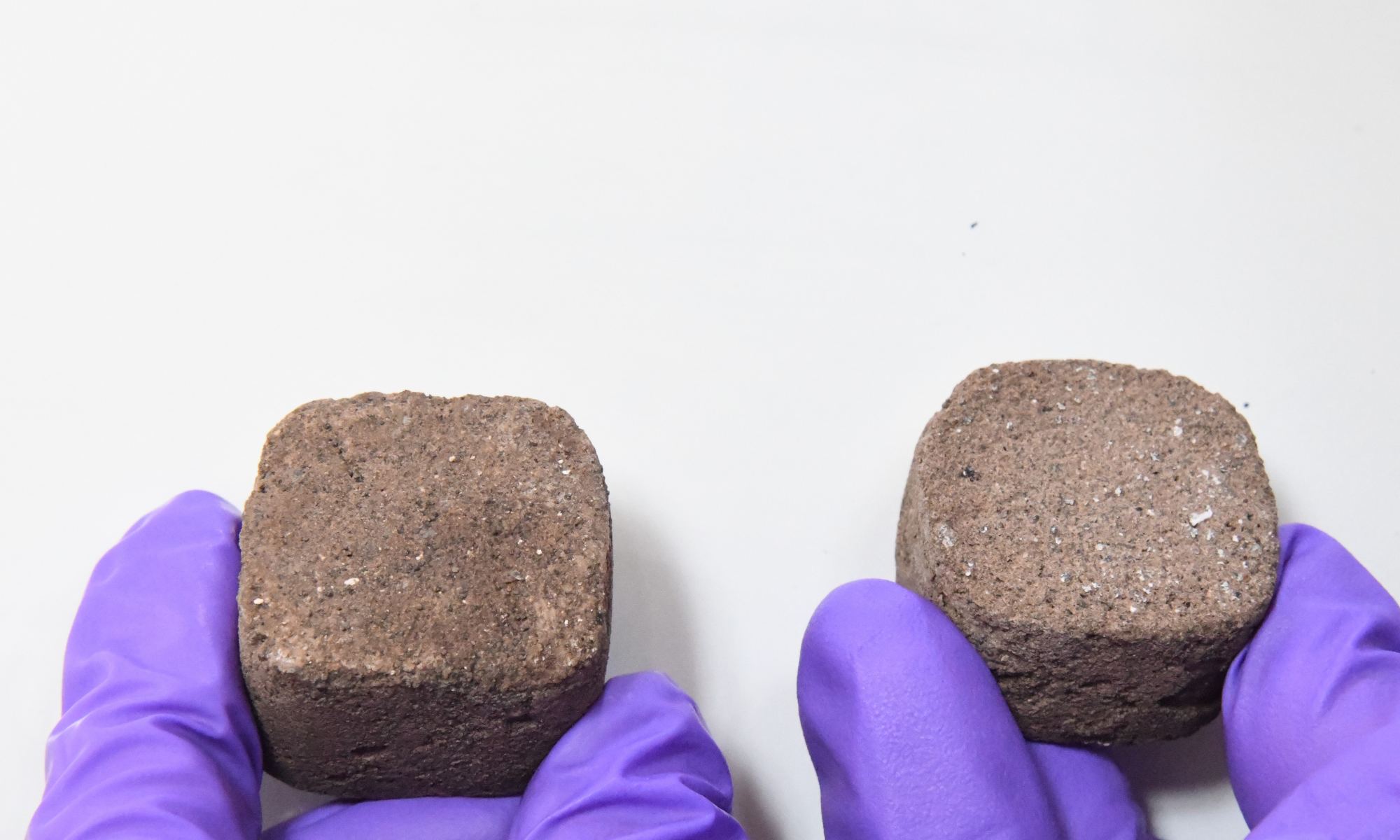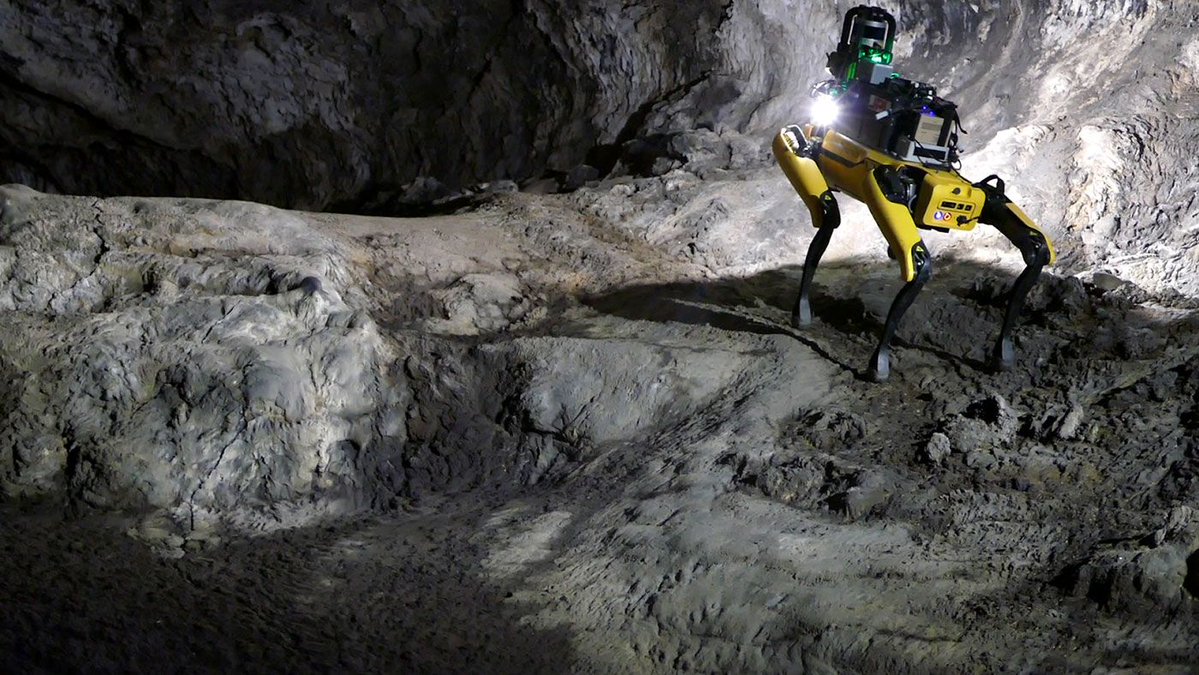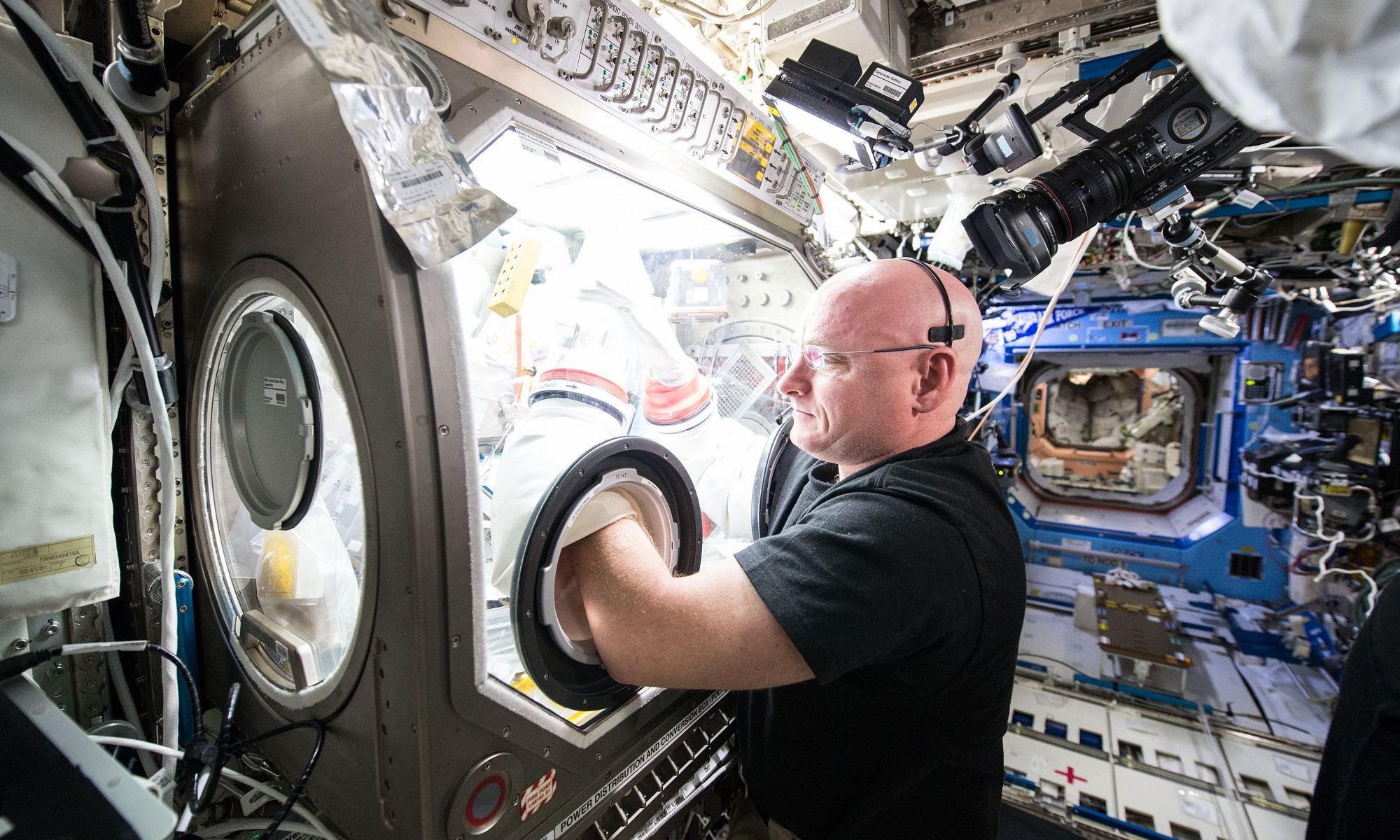NASA is sending astronauts back to the Moon by the end of this decade, and hope to send humans to Mars sometime in the 2030s. Growing food in space using in-situ resources is vital if astronauts are to survive on both the Moon and Mars for the long-term. Growing plants in space using Earth soil is nothing new, as this research is currently ongoing onboard the International Space Station (ISS). But recent research carried out on Earth has taken crucial steps in being able to grow food in space using extraterrestrial material that we took from the Moon over 50 years ago.
Continue reading “Plants can grow in lunar regolith, but they’re not happy about it”What’s the Right Depth to Search for Life on Icy Worlds?
Are we alone? Is there life beyond Earth? These are the questions that plague the very essence of science, and in particular, planetary science. Unfortunately, robotic exploration of exoplanetary systems currently remains out of reach due to the literal astronomical distances to get there. For context, our nearest star, Proxima Centauri, is 4.25 light years away, or a mind-blowing 40,208,000,000,000 km (25,000,000,000,000 miles) from Earth. Finding an intelligent civilization might be out of reach for now but searching for any forms of life beyond Earth is very much possible within the confines of our own solar system.
Continue reading “What’s the Right Depth to Search for Life on Icy Worlds?”Traveling the Solar System with Pulsar Navigation

A team of researchers at the University of Illinois Urbana-Champaign have found a way for travelers through the Solar System to work out exactly where they are, without needing help from ground-based observers on Earth. They have refined the pulsar navigation technique, which uses X-ray signals from distant pulsars, in a way similar to how GPS uses signals from a constellation of specialized satellites, to calculate an exact position .
Continue reading “Traveling the Solar System with Pulsar Navigation”A Magnetic Bubble Could Protect Astronauts From Dangerous Space Radiation
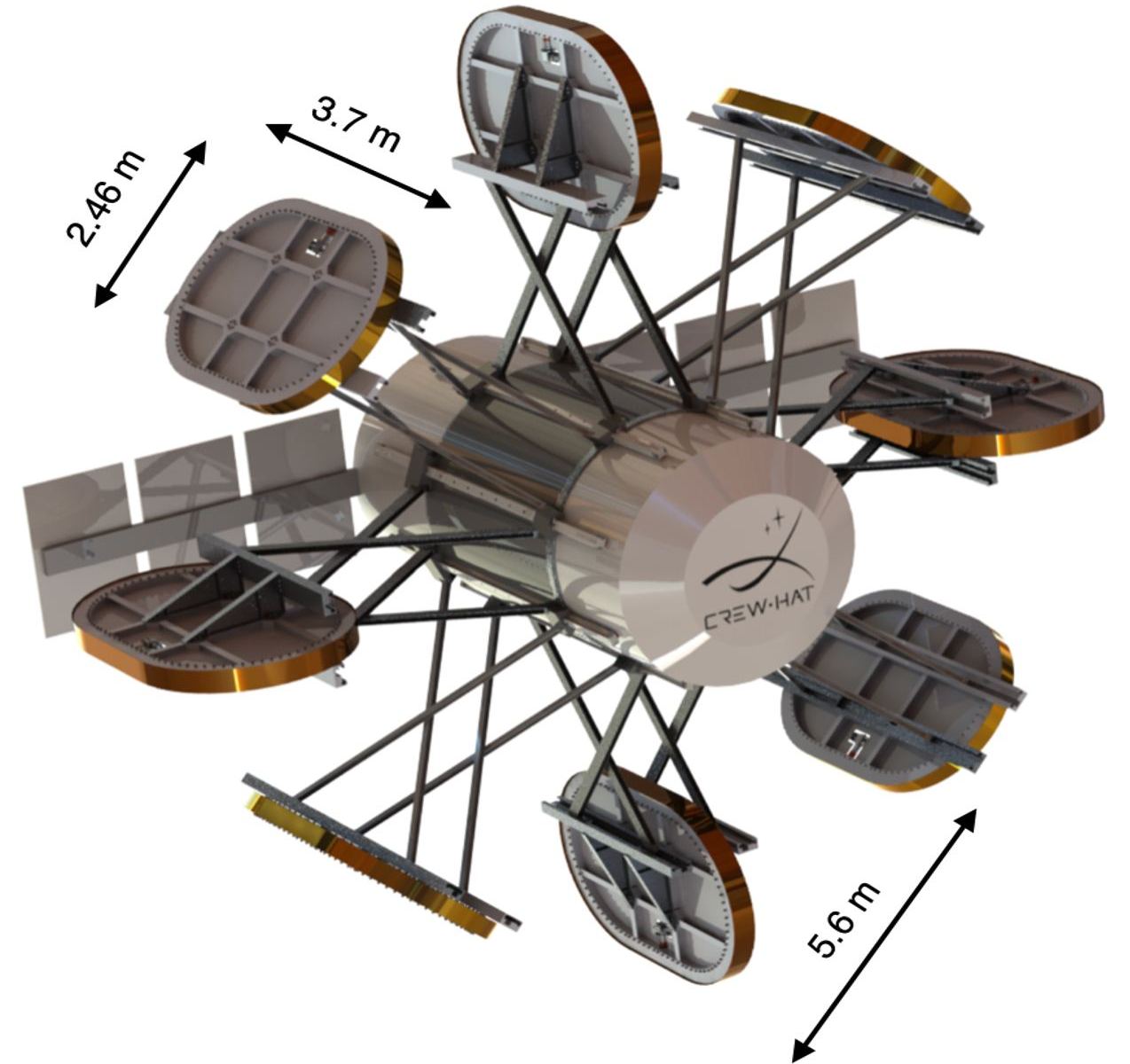
Humans have long dreamed of setting foot on Mars or beyond, and the advances by companies like SpaceX and Blue Origin means perhaps the dream could be closer than ever to becoming reality. But as it stands now, sending astronauts on long-duration missions to other worlds would be impossible because of the hazardous radiation levels in space, outside of Earth’s protective magnetic field.
However, a new concept offers hope on the horizon, and the researchers behind it have received funding from the NASA Innovative Advanced Concepts (NIAC) program to build a prototype. Called CREW HaT, the proposal takes advantage of the latest advances in superconducting magnet technology to effectively shield spacecraft – and the astronauts inside — from harmful space radiation.
Continue reading “A Magnetic Bubble Could Protect Astronauts From Dangerous Space Radiation”Titan is an Alien World, but Surprisingly Familiar
Saturn’s largest moon, Titan, is a fascinating and mysterious world, a world literally shrouded in mystery due to thick clouds that cameras imaging in the visible spectrum cannot penetrate. This was made apparent when NASA’s Pioneer 11 became the first spacecraft to fly past Titan in 1979, and then NASA’s Voyager 1 and 2 in 1980 and 1981, respectively. All three spacecraft were equipped with cameras that were unable to penetrate Titan’s atmosphere of thick clouds, although atmospheric data from Voyager 1 suggested Titan might be the first body, aside from Earth, where liquid might exist on its surface.
Continue reading “Titan is an Alien World, but Surprisingly Familiar”Explorers Could Build Bricks on Mars with Bacteria and Pee
The famous Russian rocket scientist Konstantin Tsiolkovsky once said, “Earth is the cradle of humanity, but one cannot remain in the cradle forever.” Tsiolkovsky is often hailed as one of the fathers of rocketry and cosmonautics and remembered for believing in the dominance of humanity throughout space, also known as anthropocosmism. His work in the late-19th and early-20th centuries helped shape space exploration several decades before humanity first walked on the Moon.
Continue reading “Explorers Could Build Bricks on Mars with Bacteria and Pee”Perseverance Begins the Next Phase of its Mission, Studying an Ancient River Bed on Mars
On February 18, 2021, NASA’s Perseverance (Percy) Rover successfully landed in the dried-up lakebed known as Jezero Crater on Mars, beaming back images and video of its descent and landing to millions of space fans living on the planet that built and launched this incredible robotic explorer. With this landing came enormous excitement for a new era of robotic exploration of the Red Planet as we slowly continue to unlock the secrets of Mars and its ancient past, to include (hopefully) finding evidence of past life.
Continue reading “Perseverance Begins the Next Phase of its Mission, Studying an Ancient River Bed on Mars”Dozens of Robots Competed to Race Through Underground Caves
America’s Defense Advanced Research Projects Agency (DARPA) is well known for its challenges. It held a series of autonomous driving competitions back in the early 2000s that directly led to today’s self-driving cars. Now that Grand Challenge has evolved into a new one – the Subterranean (SubT) challenge, which took place last week. This new one also happens to be directly applicable to technologies that would be useful in space exploration.
Continue reading “Dozens of Robots Competed to Race Through Underground Caves”Plasma Thruster Could Dramatically Cut Down Flight Times to the Outer Solar System
I just finished the most recent season of The Expanse – my current favourite Sci-Fi series. Unlike most of my other go-to Sci-Fi, The Expanse’s narrative is (thus far) mainly contained to our own Solar System. In Star Trek, ships fly about the galaxy at Faster-Than-Light speeds giving mention to the many light years (or parsecs *cough* Star Wars) travelled to say nothing of sublight journeys within solar systems themselves. The distances between stars is huge. But, for current-day Earthling technology, our Solar System itself is still overwhelmingly enormous. It takes years to get anywhere.
In The Expanse, ships use a fictional sublight propulsion called The Epstein Drive to travel quickly through the Solar System at significant fractions of light speed. We’re not nearly there yet, but we are getting closer with the announcement of a new theoretical sublight propulsion. It won’t be an Epstein drive, but it may come to be known as the Ebrahimi Drive – an engine inspired by fusion reactors and the incredible power of solar Coronal Mass Ejections.

Health Issues From Spaceflight Might Originate in the Mitochondria
It’s not easy living and working in space for extended periods of time. As NASA’s Twins Study illustrated, microgravity takes a toll on human physiology, which is followed by a painful transition back to normal gravity (just ask Scott Kelly!) Aside from muscle and bone degeneration, there’s diminished organ function, effects on cardiovascular health, the central nervous system, and “subtle changes” on the genetic level.
Until now, the biggest unanswered question was what the underlying cause of these physical impacts was. But after reviewing all of the data accumulated from decades of research aboard the International Space Station (ISS) – which included the Twins Study and DNA samples taken from dozens of astronauts – an international team of researchers came to the conclusion that mitochondria might be the driving force for these changes.
Continue reading “Health Issues From Spaceflight Might Originate in the Mitochondria”

